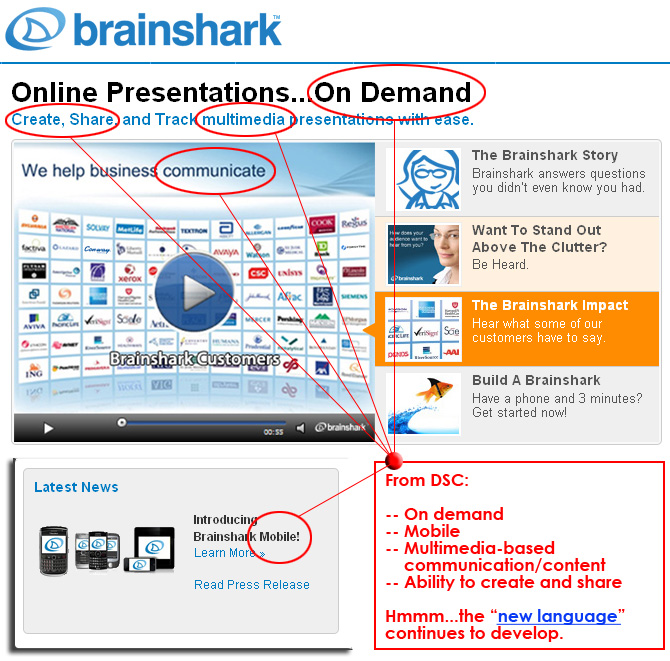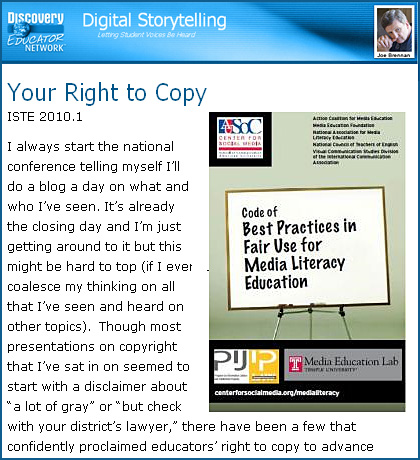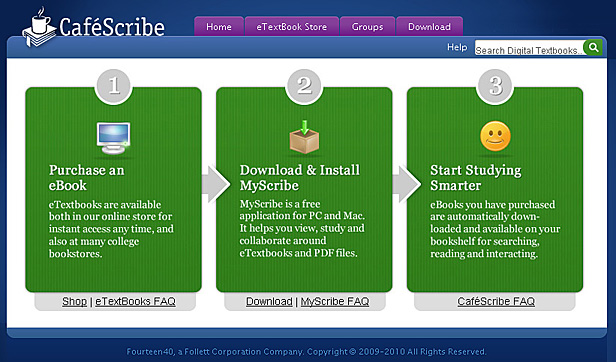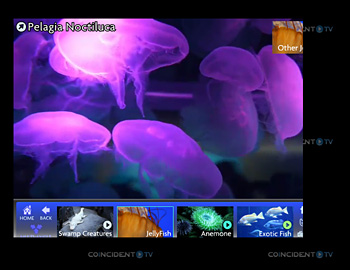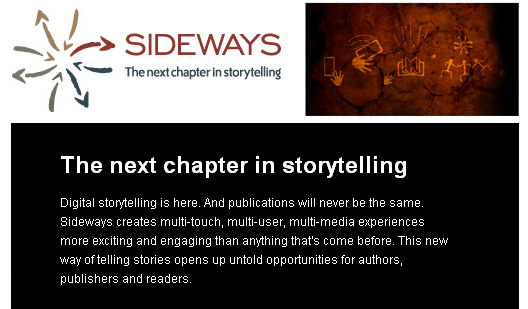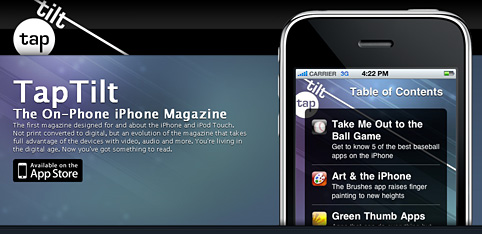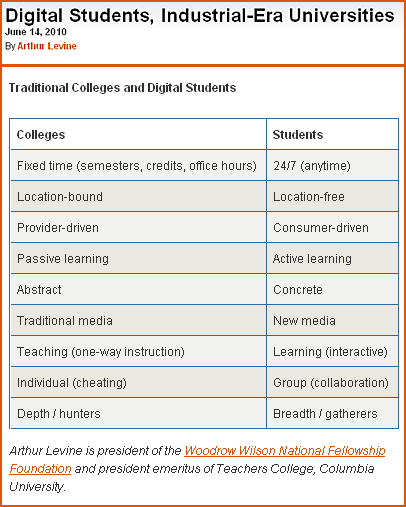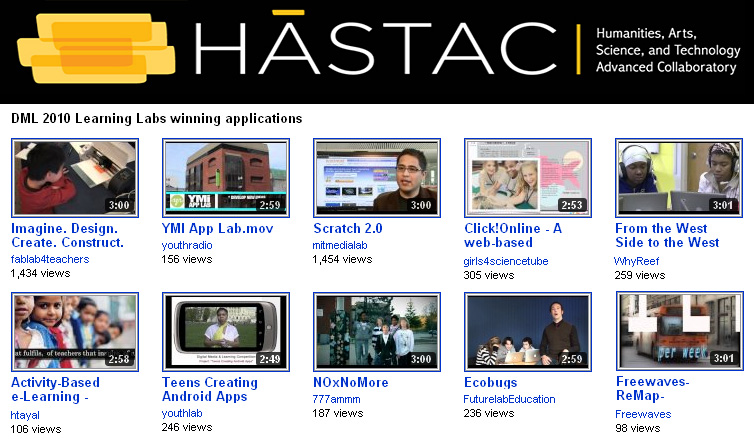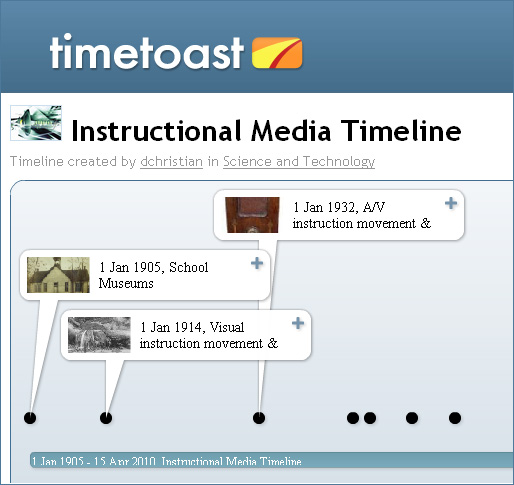Disclaimer/comment from DSC:
I have not reviewed this material carefully, but I especially appreciated this quote from Joe Brennan:
Renée Hobbs of Temple University is passionate about teachers’ rights and asserting those rights when teaching. Forget about those 10% and 30 second rules. She has even proposed teachers’ legal right to bypass the encryption on movies for the sake of education AND it’s under consideration by the U.S. copyright office! Want to know more? Check out her resources on “Fair Use supporting digital learning,” the “Code of Best Practices for Fair Use in Media Literacy Education,” and the Center for Social Media.
The future of textbook publishing in the Digital Age: New publisher workflows — from the xplanation by Rob Reynolds
Coincident TV (CTV) is transforming the way interactive video content is created, consumed and monetized. Coincident TV enables immersive “hypervideo” experiences – the real-time integration of online video with social media, weblinks and transactions. The Coincident TV software suite allows content creators and distributors to easily design, manage and measure interactive video engagements across all digital platforms, including both HTML5 and Flash.
Example:
Hyper Aquarium Demo [Learn about interactive video with an explanation of our aquarium demo]
From DSC:
Again, think of the possibilities here for education…especially on a wall-sized, iPad-like, interactive, multi-touch chalkboard!
About Sideways
Sideways, the publisher of experimental app magazines Sideways and TapTilt, transforms print into immersive experiences on digital tablets and mobile devices. Leveraging unique multi-media capabilities, Sideways goes beyond ebook functionality, changing storytelling and the way we consume books and magazines. Developing original content with forward-thinking publishers and authors, the company’s publishing platform augments text with rich media, adds multiple levels of reference, and enhances reading with mobile features and social media. Sideways takes advantage of interactivity to enrich both the solitary and social experience of reading – from fiction and non-fiction to “how to” and guides. Additionally, Sideways is the creator of Author App, a mobile application for authors designed to build their brands, engage their fans and expand their presence. Based in Cleveland, Sideways was founded in 2010 by Charles Stack and Eliza Wing. Stack started the first online bookstore in 1992 – Books.com – which was acquired by Barnes and Noble. Wing was formerly the CEO of Cleveland.com and editor at Rolling Stone, Books.com, and New York Woman. For more information, visit www.sideways.com.
Also see:
From DSC:
Do you hear the roar of the engines? (i.e. the pace of technological innovation is exploding and the racetrack is full of lightning-fast cars.)
The Next Generation of Digitally Enhanced Learning — from The Journal by Scott Aronowitz
At the recent Ed Tech Summit, a technology consultant took a distant look at the future of education, based on both widespread speculation and technologies currently on the market and in development
In his lecture at the Ed Tech Summit at the InfoComm 2010 conference in Las Vegas, Mark S. Valenti, founder and president of Pittsburgh-based technology consulting firm The Sextant Group, delved into the myriad of ways in which advancing technology will continue to enhance, improve, and expand education–both K-12 and post-secondary education–as well as the shifts in priorities and attitudes such advancements will likely cause.
In Valenti’s “big picture” view of the next stage of education, there will be several significant changes, some of which we are already witnessing, that will alter the entire landscape for “providers” of education and related services, e.g., colleges and universities, vocational and trade institutes, public and private K-12 schools, etc., as well as for teachers and students:
* The process will continue to become more technology-dependent;
* There will be increased demand for access, in terms of user capacity, frequency, transmission speed, and content capacity, leading to increased demand for bandwidth;
* Information will become increasingly media rich, which will also impact bandwidth demand; and
* The individual will increasingly become both a consumer and a producer of information, leading to shifts in the dynamic between educators and the educated.
…
Finally, such technology will lead to a rethinking of the architecture of learning spaces themselves. “Collaboration across time and space will drive facility design [in the coming years]. We’re seeing technologies like Skype become commonplace. We’re seeing major investments from companies like Cisco in things like TelePresence, which is a prime example of cross-collaboration.” Valenti said he believes that, in the long run, in addition to the changes in teaching and learning methods, the physical space that accommodates learning will also change. Classrooms driven by multimedia, virtual hands-on combinations of laboratories and lecture spaces, and the aforementioned virtual operating rooms are all examples of the digitally enhanced learning spaces on the horizon.
From DSC:
Below is a great book that I highly recommend for instructional designers, multimedia developers, and any teacher or professor who is putting materials online. Check it out — especially the chapters on cognitive load theory.
e-Learning and the Science of Instruction: Proven Guidelines for Consumers and Designers of Multimedia Learning — Dr. Ruth Clark




10 innovative digital media & learning projects win $1.7M — from DMLcentral.net
The results of the MacArthur Foundation’s 2010 Digital Media and Learning Competition are in, and the 10 winning projects can’t help but to inspire anyone even remotely interested in understanding the potential of the Internet and digital technology to transform learning and knowledge creation.
From DSC:
The article provides a link to:
From DSC:
In an assignment for a class last week, I ran across a time-saving tool offered via timetoast.com. If you want to put together interactive timelines — without having to know programming languages or scripting languages — you might be interested in kicking the tires on this web-based tool. As an example, I was able to put together the following timeline of instructional media* in an hour or so:
Further reflections on this from DSC:
- As I was putting this timeline together, I saw how Thomas Edison and others proclaimed that technology X would make _____ obsolete…or that invention Y would change education forever. (I made a note to myself that I didn’t want to make such bold proclamations…and appear so foolish…but I’m probably too late in this area!) 🙂
- But anyway, I reflected on how school museums were first used, on how radio and instructional television had an impact for a while but then died down in terms of educational use, how the training films of WWII impacted what we know and do today, and the post WWII research in audio-visual-based arenas , and then the advent/rise of the personal computer as well as other educational technologies and the Internet……….and I thought of how disappointed people probably were after the hype ended. But then I reflected upon these technologies as seeds that were planted over time and later produced a harvest. They changed our “wineskins” (see below):
- Radio didn’t really disappear or disappoint. We still use it today; however, not necessarily for education, but we appreciate the audio it delivers to us (whether that be in music or in talkshows). Some seeds were planted…and the wineskins were changed**.
- Motion picture films and TV didn’t disappear or disappoint either, really. We still use these technologies today…but again, not necessarily for education (though some programs are definitely educational in nature and intent). We are used to viewing films and consider it second nature to watch video. So, other seeds were planted…and the wineskins were changed again.**
- Neither did the computer disappear or disappoint. We are still using computers today and they present another piece of the communications juggernaut that’s been created. Again, more seeds were planted…and the wineskins were changed yet again.**
- The Internet is here and growing as well. A significant ROI is being enjoyed with each passing day — and from educational perspectives no doubt. Again, the fields are starting to grow, and are growing quickly now. The seeds are no longer seeds and the wineskins we have today are not like the wineskins from 100+ years ago. **
So what am I saying here?
I’m saying that we are used to using/hearing/seeing audio, video, interactivity, multi-directional communications because of these technologies. They cultivated the ground for people using the technologies that we are:
- Comfortable with
- Using
- and innovating with today.
So when we employ highly-powerful, multimedia-based, educationally-beneficial items on the Net today — when we contribute podcasts, vodcasts, lectures, exercises, animations, etc. to the Net — we can thank these technologies for being the technological ancestors in the tech-family tree. They really didn’t disappoint after all. They were the seeds that were planted over time to create a wonderful harvest….a very powerful communications network…the most powerful one the world has ever known. Not bad for 100 years.
* Based upon article by Robert Reiser:
Reiser, R. (2001). A history of instructional design and technology: Part I: A history of instructional media. ETR&D. Vol. 49(1). pp. 53-64.
**As Jesus once responded when asked about why his disciples didn’t fast, he replied:
16“No one sews a patch of unshrunk cloth on an old garment, for the patch will pull away from the garment, making the tear worse. 17Neither do men pour new wine into old wineskins. If they do, the skins will burst, the wine will run out and the wineskins will be ruined. No, they pour new wine into new wineskins, and both are preserved.”
These technologies created the environment…the proper wineskins…to lay the foundation for the “new wine” to be poured into our worlds without this new wine “running out” and ruining the wineskins. Can you imagine if someone had been able to introduce these technologies within 10-20 years…would they have taken? Given human nature, I doubt it. The wineskins took time to change. The thing is, the pace of change is quickening and is increasingly more difficult to keep up with.
I wonder…will the current wineskins hold? Or are our wineskins now very used to this pace of change?
Ohio lawmakers push for digital textbooks & related savings moves — — from collegetextbooknews.com









